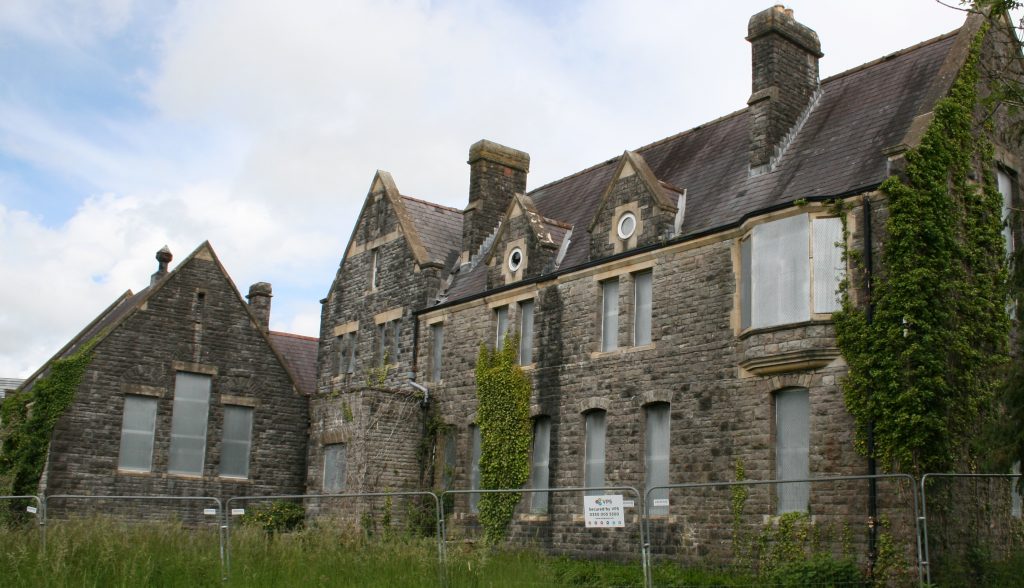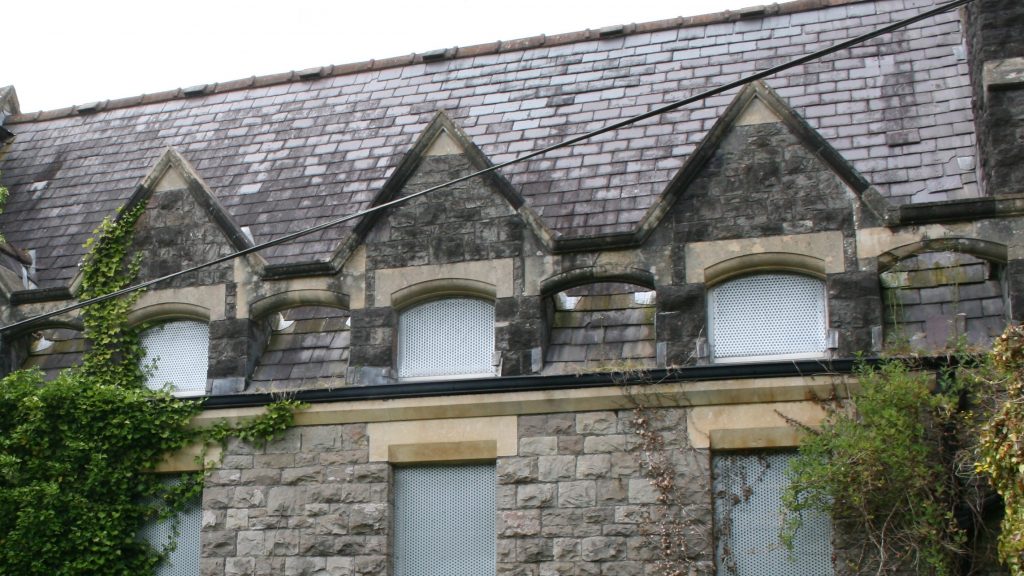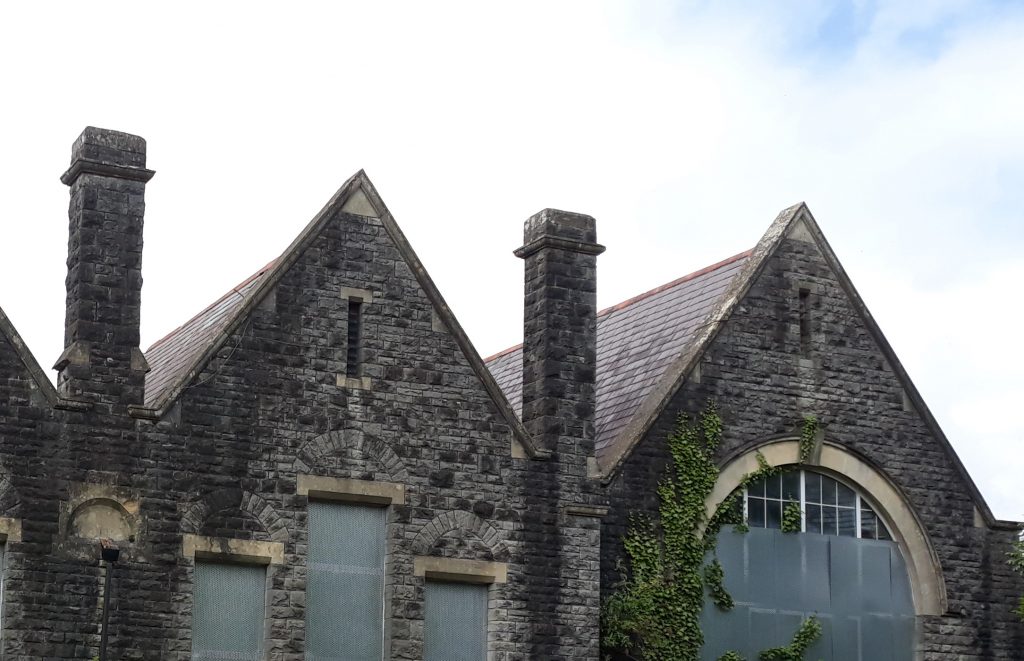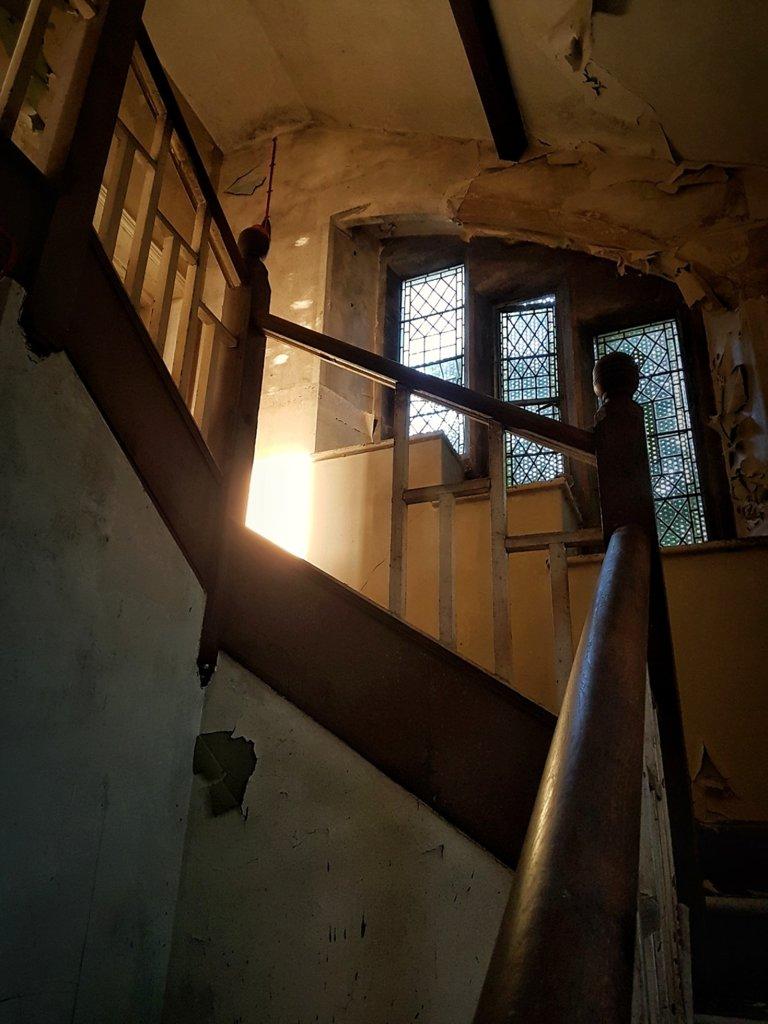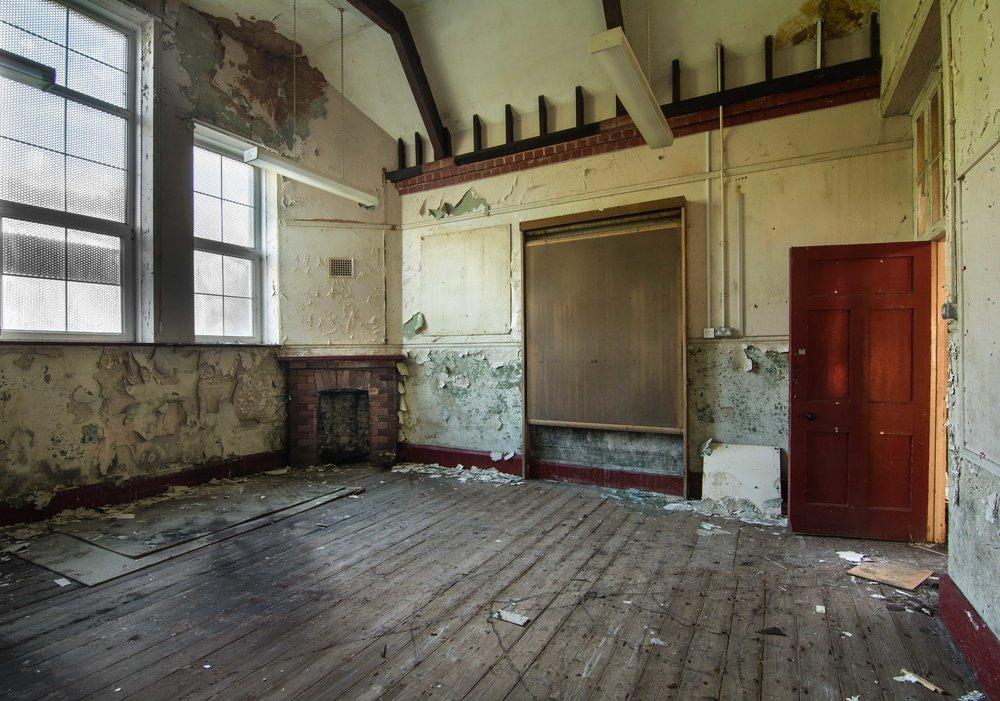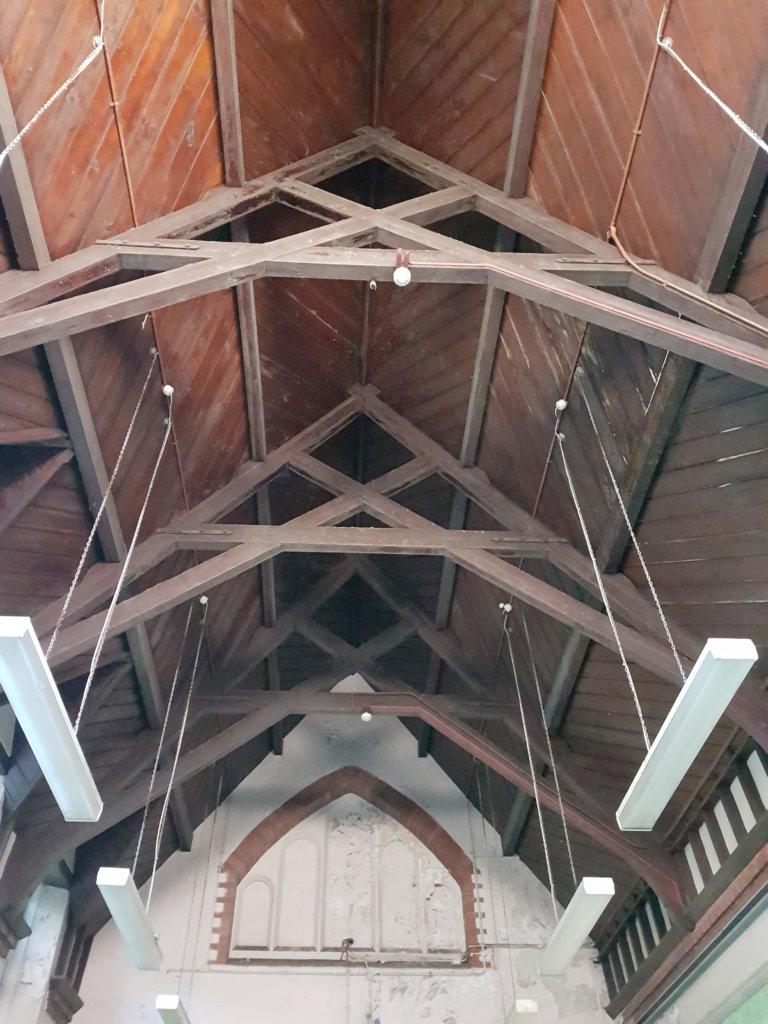The following information is taken from a report by Rob Scourfield, a recognised specialist in historic buildings, a former inspector of historic buildings for Cadw and contributing author to the ‘Buildings of Wales’ series.
Historical Significance
Cowbridge was the first girls’ intermediate school to be built (1895-6) across Wales and England, under an Act of Parliament that was of seminal Welsh importance. The school was built amid notorious local acrimony, which resonated at a national scale, Glamorgan being the last county in Wales to adopt the county schools scheme as a result.
Amid its contemporaries, Cowbridge was highly unusual in including accommodation for boarders at the outset and for being funded to a great part, by private patronage (not strictly in the spirit of council-provided education).
It was also the first to have purpose built science laboratories, pioneering women in science.

Architectural Significance
The original character of Cowbridge School survives intact to a very high degree, externally and internally. It retains its original plan-form and was extended in 1909 in a remarkably sensitive manner. Only 5 comparable (of some 95 in total) schools are listed across Wales. A survey of them all confirms that Cowbridge survives to an equivalent degree to some and to a better degree than others.
The architectural style of Cowbridge School is of greater quality than the majority of intermediate schools built across Wales, constructed of carefully-dressed limestone and designed with some flair as a picturesque and striking group. Certain details such as the unusual dormers, ‘baronial’ hostel range (with crow-stepped detail and pretty oriel window) and prominent corner chimneys, are atypical of the standard ‘county’ school vocabulary. Its immediate setting within its original railed forecourt survives intact.
The sensitive design and siting of the school was no accident. The architect of the original school was Robert Williams. As a result of the information discovered during our campaign he is now included in the Dictionary of Welsh Biography in recognition of the siginficant contribution he made to Welsh culture.
Robert was a renowned radical, prominent (and rather early) advocate of building conservation, a national pioneer in terms of social housing (in Wales and England), archaeologist and early promoter of the Welsh School of Architecture (and in tandem, a noted critic of contemporary building design and practice in South Wales). He was also a proponent of the Welsh language in building literature, and designed some prominent buildings in South Wales. In his later years, he was central to the Welsh community in Egypt, designing buildings for the Davies Bryan family, who were prominent in the promotion of Aberystwyth University.
Rhys S Griffiths, architect of the extensions was a prolific and talented architect in South Wales, who eschewed his typical classical manner in response to his predecessor’s work at Cowbridge. Robert Williams especially emerges from the shadows of history as a key figure in the history of late Victorian industrial Wales – he urgently deserves a biography.
Historical, Evidential, Aesthetic and Communal Values
The schools survive as a prominent and attractive testimony to a special Welsh education Act of Parliament. Its exterior character and interior plan-form and fixtures intact to a very high degree, as recognised by the Victorian Society. The school is central to the history of Cowbridge and plays a significant part of the educational history of Wales. Its communal importance is evidenced by the level of objection raised at the proposed demolition of the school.
Read the full report here.
